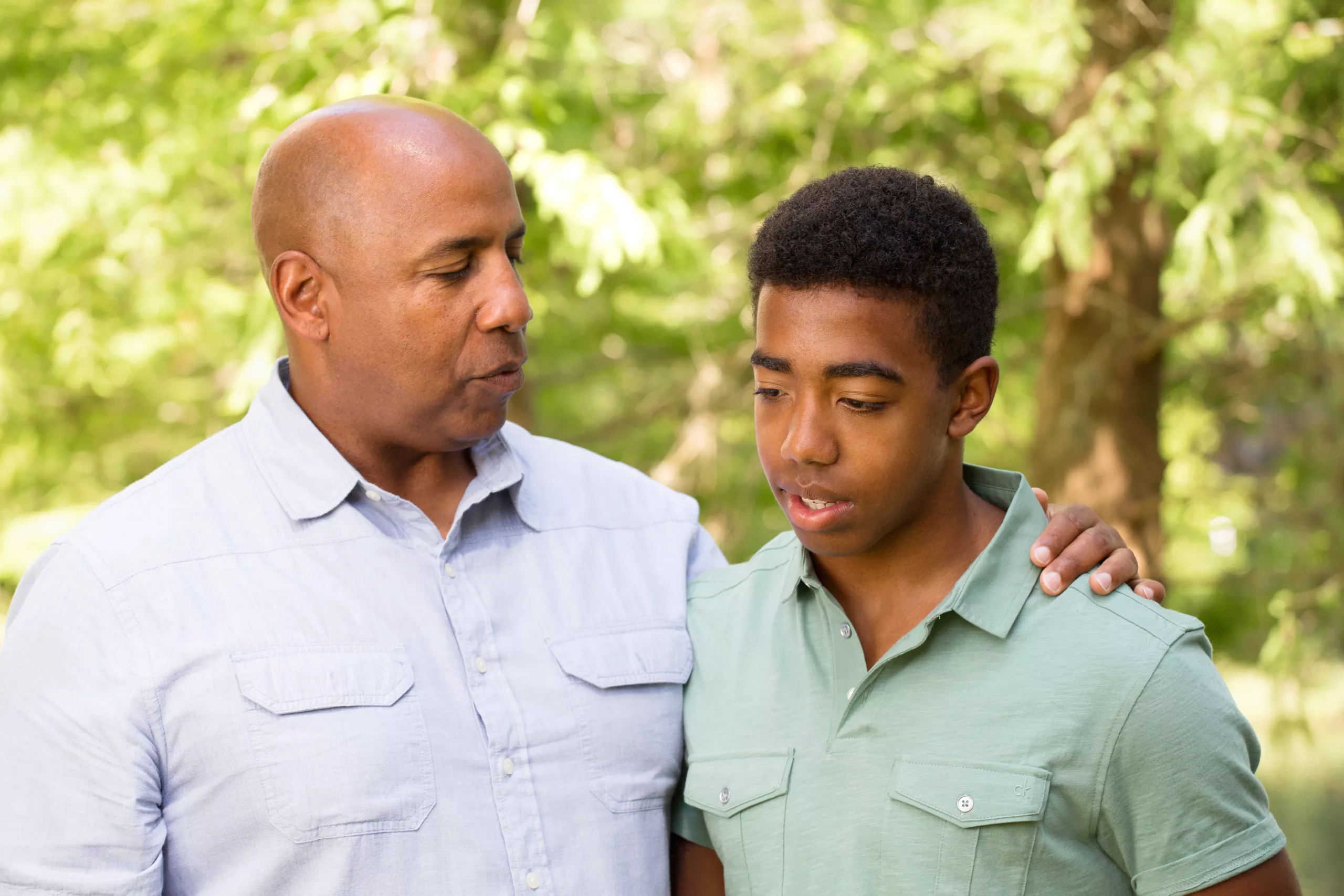By Michelle Fitzhugh, LPC, EMDR, Clinical Director
Updated: July 21, 2025
We’ve all apologized before, right? But let’s be honest, the usual “I’m sorry” can feel empty. Sometimes it’s just habit, and it doesn’t really fix what’s been hurt. Ever catch yourself replying with “It’s okay” when it’s not? If things were really fine, would you even need to hear an apology?
A real apology takes more than words. It’s about reflection and actual effort. There’s a simple framework you can follow if you want to be sincere and help start the healing process.
The Four Steps of a Strong Apology
| Step | Description | Example |
|---|---|---|
| 1. Accept Responsibility | Admit what you did wrong clearly. | I realize that I was wrong when I __________. |
| 2. Recognize Impact | Show that you understand how your actions hurt the other person. | I see/hear/know that I really hurt you. |
| 3. Repent | Promise to avoid repeating the mistake and show commitment to change. | I am committed to not repeating this behavior and am working on growing from this. |
| 4. Ask for Forgiveness | Give the other person the choice to forgive you, respecting their process and feelings. | Will you please forgive me or Can you forgive me? |
Each step pushes you to be genuine. When you accept responsibility, you’re done with excuses. Recognizing the hurt shows you actually care. Repenting? That’s your signal you want to do better. And asking for forgiveness? It’s up to them to decide if or when they’re ready.
Following these steps, your apology starts to mean something. It’s not just words—it’s a door opening to fix things. Plus, once you’ve done your part, you might feel some relief and freedom from guilt.
Honestly, saying this stuff out loud can feel awkward or even scary at first. Most of us want to avoid that. But facing it can build real respect and healthier connections.
This approach isn’t just for one kind of relationship—it works with friends, family, partners, you name it. People are often surprised by the difference because the apology feels real, not rushed or forced.
And here’s the thing: the last step gives the other person space. They might not forgive you right away, and that’s their right. What matters is you offered a genuine chance for healing.
If you’re ever stuck on what to do next time you need to apologize, try these four steps. You might notice a shift in how everyone feels. It can actually change things for the better.
The final step is allowing the other person to take in the apology and decide how they want to proceed. At this point, you have done all that you can to give them the opportunity to move forward but it is ultimately their decision. The peace and freedom that comes when you offer this apology is released in you.
The next time your heart is convicted and you experience healthy shame for your behavior, give it a try! You might be surprised at how difficult it can be to actually say the words out loud and you maybe even more surprised at the positive response you experience from the person receiving the apology! It actually has meaning and it can bring real healing and restoration to all of your relationships!
Frequently Asked Questions
Is it enough to just say “sorry”?
“Sorry” is a start, but honestly, it usually isn’t enough. People want to see you mean it, not just hear the words. Without any follow-up, the hurt might stick around.
Is an apology ever enough?
Sometimes, sure—if it’s a small thing. But when trust is broken or someone’s really hurt, words alone rarely cut it. You’ve got to look at the situation and the feelings involved.
When is an apology alone insufficient to repair the damage done?
If trust, safety, or someone’s well-being is on the line, just saying “sorry” doesn’t fix it. In close relationships or at work, repeating the same mistake or causing ongoing harm makes apologies feel hollow. People need to know it won’t happen again.
What alternatives can be offered if an apology does not seem to be enough?
Try these:
- Make restitution—fix the problem or offer compensation.
- Explain what happened so you’re being open about it.
- Show commitment to change with real actions or a plan.
- Ask how to help the other person feel better.
These steps go further than words and help rebuild trust.
How can someone communicate genuine regret and a desire to make amends?
Start with clear, honest communication. Here are a few things you might try:
- Use specific language that shows you really get how your actions affected the other person.
- Show some empathy for their feelings. It’s not always easy, but it matters.
- Back up your words—maybe apologize in person, write a note, or actually change your behavior. It’s the follow-through that counts.
- Be patient. People need time to heal, and pushing for instant forgiveness usually backfires. Listening and acting with respect goes a long way.
If you’re curious about why just saying “sorry” sometimes falls flat—especially in formal situations—check out Why saying “I’m sorry” isn’t good enough: The ethics of corporate apologies.
Teen Social Anxiety

